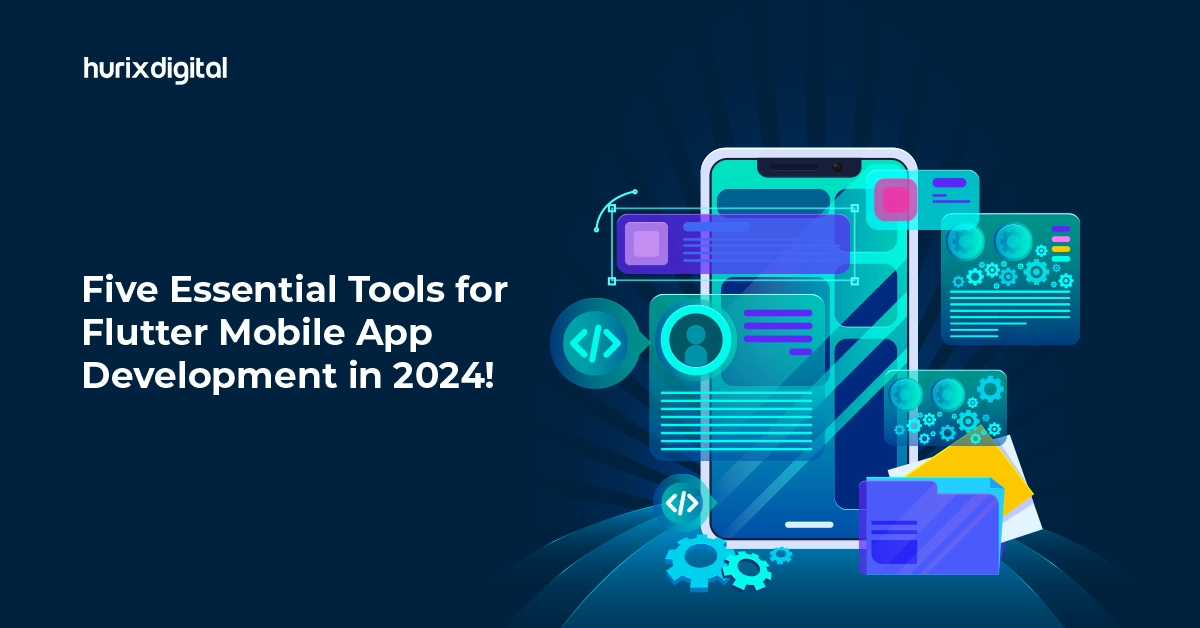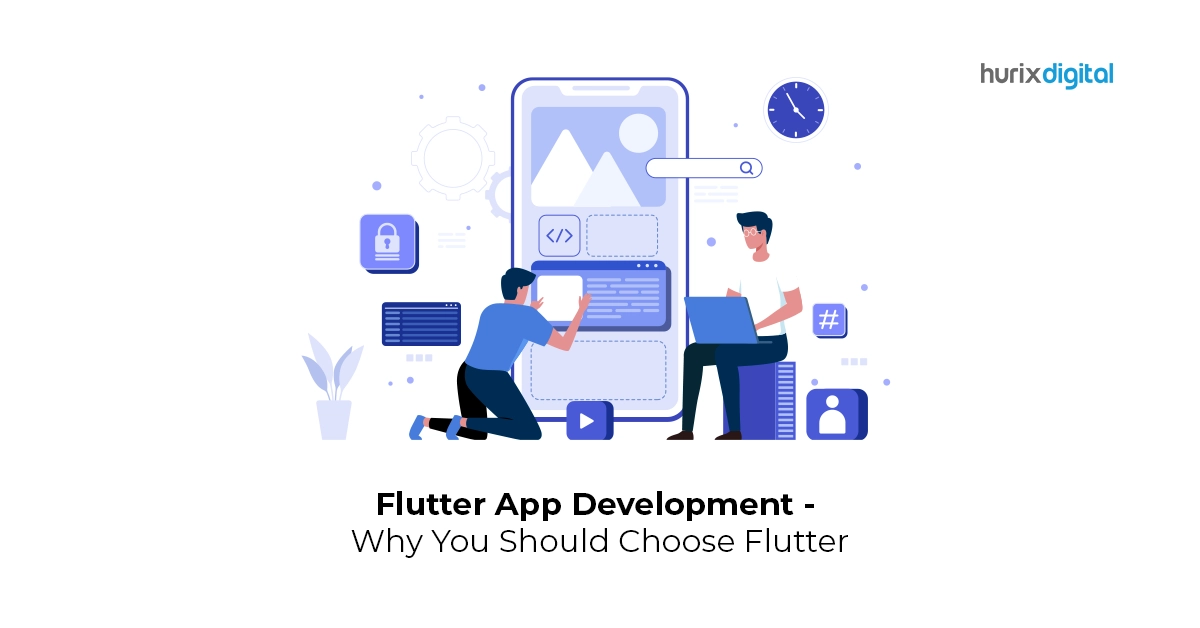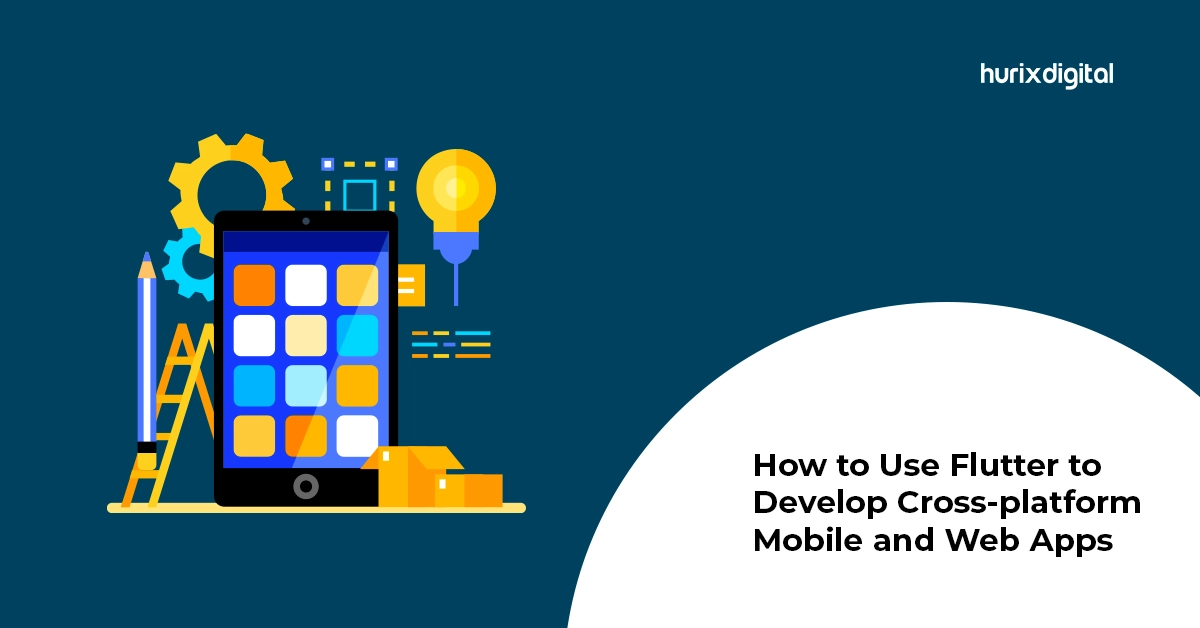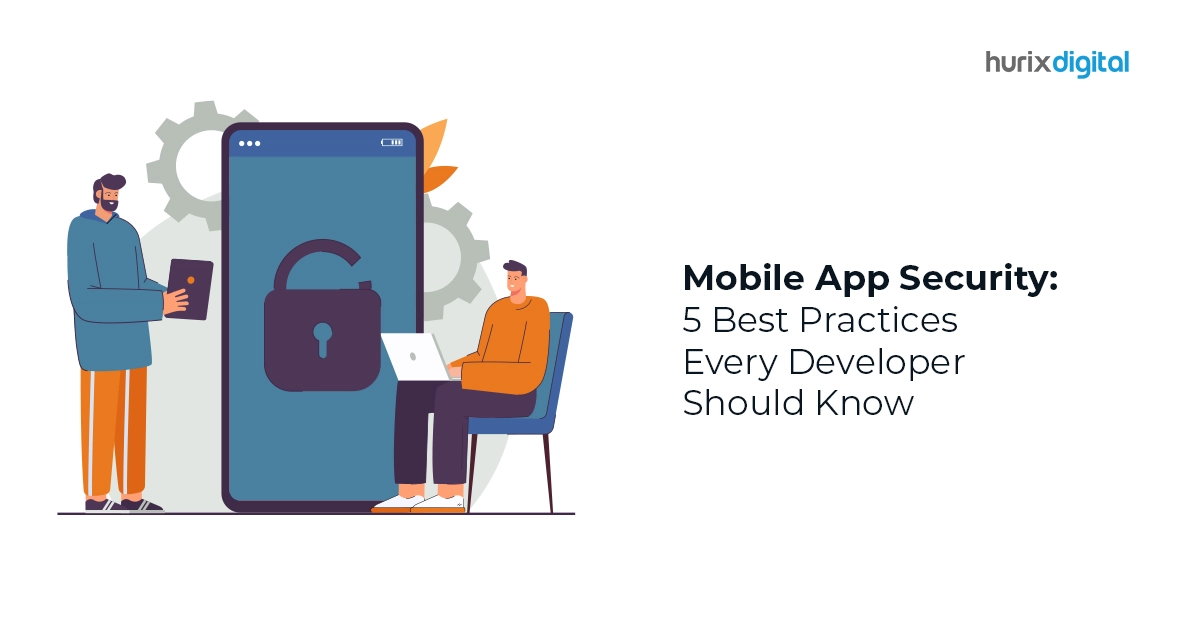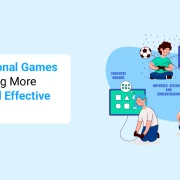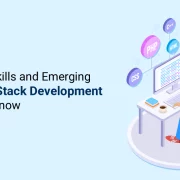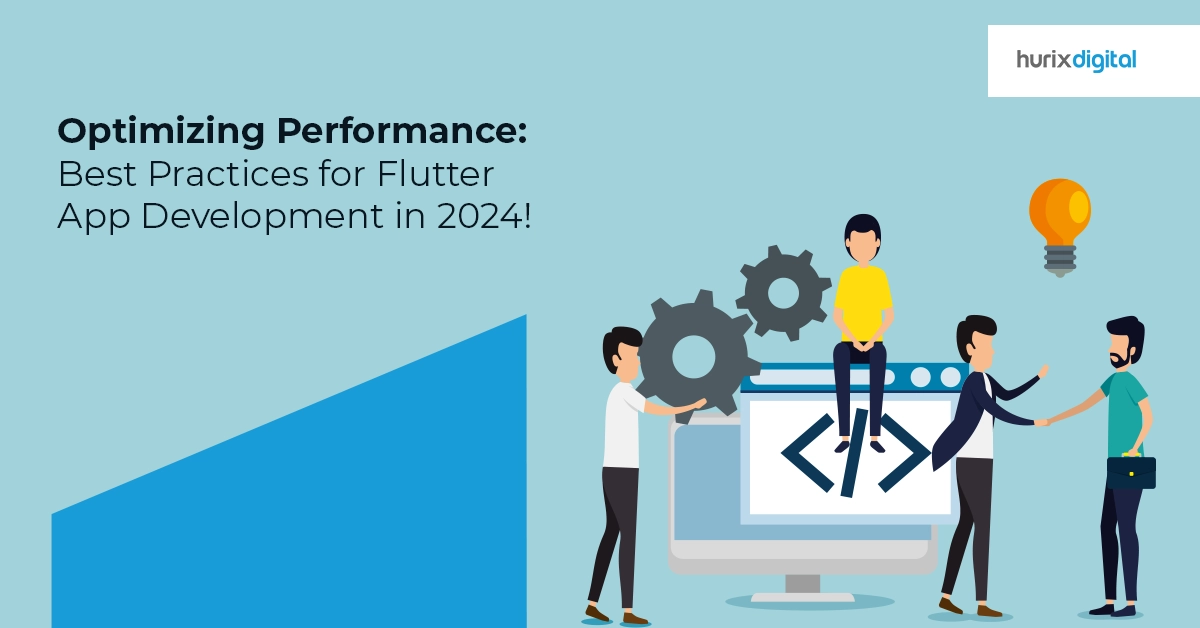
Optimizing Performance: Best Practices for Flutter App Development in 2024!
Summary
Discover best practices for optimizing performance in Flutter app development. This blog provides tips to enhance app efficiency and user experience.
Have you ever noticed how some mobile apps run super smoothly while others can be frustratingly slow? Well, in Flutter app development, performance is a big deal.
Flutter is a dynamic, cross-platform framework crafted by Google and embraced by approximately 46% of global software developers as of 2022. Renowned for its effectiveness and capacity to produce high-performing apps, it stands out as an exceptional framework.
This blog explores potent tips for optimizing performance in the Flutter framework, provides a comprehensive guide on performance monitoring, and offers insights into future trends in Flutter software development. Let’s dive in!
Table of Contents:
- Mastering Flutter: 8 Key Strategies for Optimal App Performance
- How to Monitor Flutter App Performance?
- Future Prospects for Flutter Performance
- Takeaway
Mastering Flutter: 8 Key Strategies for Optimal App Performance
Developers prefer Flutter over numerous other systems when creating a cross-platform framework.
To help them create high-caliber apps, here are some suggestions for optimizing Flutter performance:
1. Implement Stateless Widgets
Stateless widgets are quicker and easier to use than stateful ones when feasible. This is because the Flutter framework can optimize stateless widgets and doesn’t need extra memory deployment.
When a stateless widget’s state changes, the widget tree is not reconstructed. Rather, rendering times are accelerated because the framework only refreshes the tree’s modified sections.
2. Refrain from Re-establishing Widgets
The cost of rebuilding widgets can affect the speed of an application. When describing widgets that don’t require rebuilding, apply the const keyword to prevent doing so.
Doing this will ensure that the widget is built just once rather than each time the parent widget is reconfigured. For instance, you can implement the const keyword to ensure an icon is created just once if your widget shows a static icon.
3. Make and Demonstrate Frames In 16 ms
The two domains of presentation are picture and structure. When you can concurrently distinguish the picture and structure for approximately 8 milliseconds, your Flutter mobile app is optimized.
8 ms is allotted to the structure, and an additional 8 ms to the image to trigger a 60 Hz display for coders. It won’t have an impact on the app’s level. Rather, it will increase battery life and maintain system temperature.
4. Enhance Picture Loading
Many web and mobile applications depend heavily on images, but if they’re not used properly, they can also cause performance problems. Flutter development companies should optimize the way images are loaded in your Flutter application to increase its performance.
Minimizing the number of network requests needed to load them is one method to achieve this. Utilizing the fade-in image method, which shows a low-resolution image initially before progressively substituting it with a high-resolution variant, is another way to enhance the perceived efficiency of your app.
5. Avoid Dense Widget Hierarchies
App speed may suffer from deeply nested widget hierarchies. This is so that when a widget’s state shifts, each widget in the structure has to be constructed and revised. Make an effort to keep your widget tree as simple as possible to prevent deeply nested hierarchies. For displaying lists and grids of items, you can employ the ListView or GridView widgets in place of nesting widgets.
6. Make Use of The Hot Reload Function
Programmers can execute modifications to the code and see instant upgrades to apps with the Flutter hot reload characteristic. It can greatly accelerate the iteration procedure if you incorporate it into your optimization routine. Adding features and repairing bugs is simple.
For web developers, the feature isn’t available in Flutter. For the web, you will have recourse to the less effective hot restart method.
7. Steer Clear of the Build() Method
Memory usage will increase if you use the Build() technique in your code for building widgets or additional interface components. Due to its high CPU power consumption, it is also expensive. In addition, it would be monotonous labor, which would cause your app to lag.
8. Utilize the Most Recent Flutter Version
Improved and novel attributes are always being added to Flutter as it is continuously built and revised. For optimal performance, ensure that you always run the most recent version.
Also Read: How AI is Transforming the Application Development Process in 2024!
How to Monitor Flutter App Performance?
Data about an app’s behavior, utilization of resources, and user interface are gathered and analyzed as part of the Flutter performance monitoring process. You can use this data to determine whether your app needs to be improved and how well it works.
These are a few common statistics and tools to assist you in keeping an eye on the functionality of your Flutter apps.
1. Keep a Tap on Analytical Metrics
By monitoring user behavior, loading times, and other pertinent metrics, these analytics provide you with a real-time view of the application and assist you in identifying any possible problems.
It allows you to address any flaws before they have a detrimental effect on the user experience. Dashboards that are easy to use are offered by high-end tools for tracking these analytics.
2. Tracking Lapses
Tracking and fixing lapses go hand in hand with performance monitoring. App developers guarantee consistent, smooth app performance by swiftly resolving these problems. You can resort to tools that offer comprehensive data on app errors, crashes, and limitations.
3. Documenting User Sessions
It records actual user sessions. It aids in the comprehension of user interactions and the detection of possible performance hazards. One excellent tool for monitoring user sessions is a heatmap.
Future Prospects for Flutter Performance
Flutter has come a long way since its launch, and it doesn’t seem like it’s going to slow down soon. What functions and versions can users anticipate shortly? Here are a few predicted trends!
- Improved bug handling and null safety—continuous advancements in these domains are essential to lowering runtime errors, minimizing app crashes, and streamlining debugging.
- The widget library and the set of Flutter plugins will continue to grow, giving Flutter developers access to a broader set of functionality and tools that allow for increasingly intricate, full-featured applications.
- The Flutter programming language, Dart, is predicted to undergo sophisticated updates. It will enable Flutter app developers to provide a flawless user experience.
Also Read: Top 7 Reasons Why You Should Choose Flutter for Mobile App Development
Takeaway
The development of the Flutter app necessitates a high standard of performance and a thorough analysis of different performance best practices. You can develop applications that are quick, effective, and receptive by adhering to the best practices mentioned above.
Don’t forget to continuously test and improve your app to guarantee an outstanding user experience.
Hurix Digital is a great place to start if you need expert assistance developing cross-platform apps. Our cutting-edge solutions, which combine modern design concepts with state-of-the-art technology, let you establish a name for yourself in the tech sector, expedite business processes, and enhance your creativity.
Contact us to learn more about our services!

Currently serving as the Vice President of Technology Delivery Operations at HurixDigital, a prominent global provider of digital content and technology solutions for publishers, corporations, and educational institutions. With over 16 years of experience spanning EdTech and various domains, I hold certification as a SCRUM Product Owner (CSPO). My expertise includes operations, finance, and adept people management skills.
